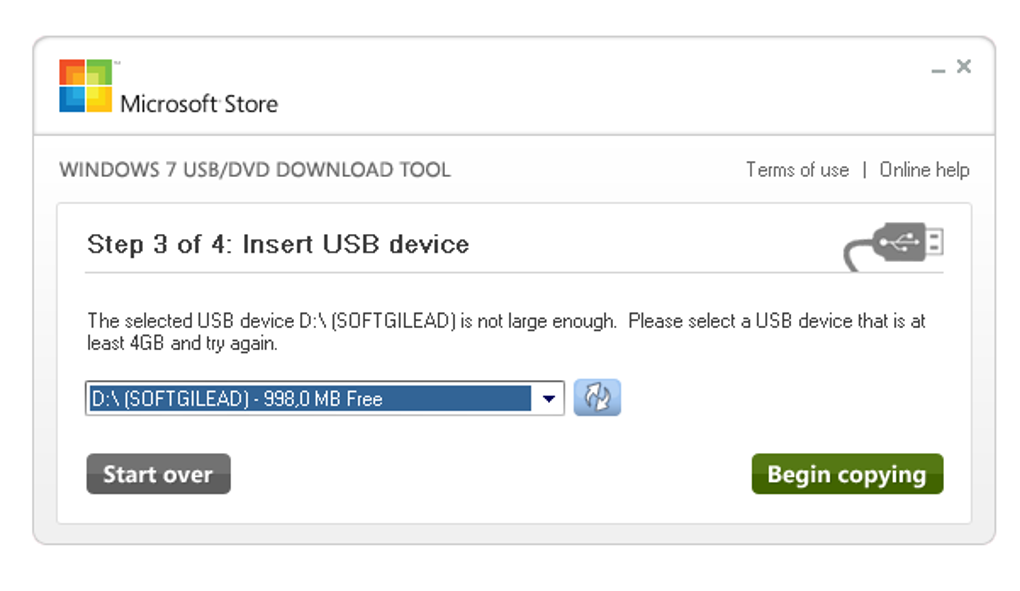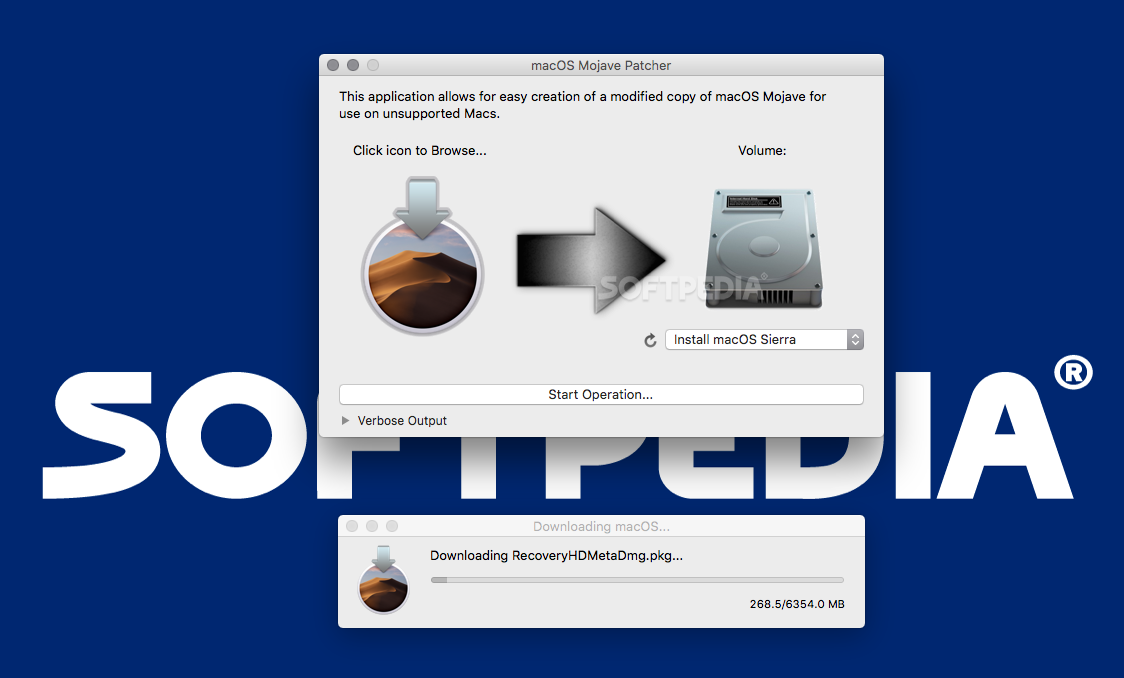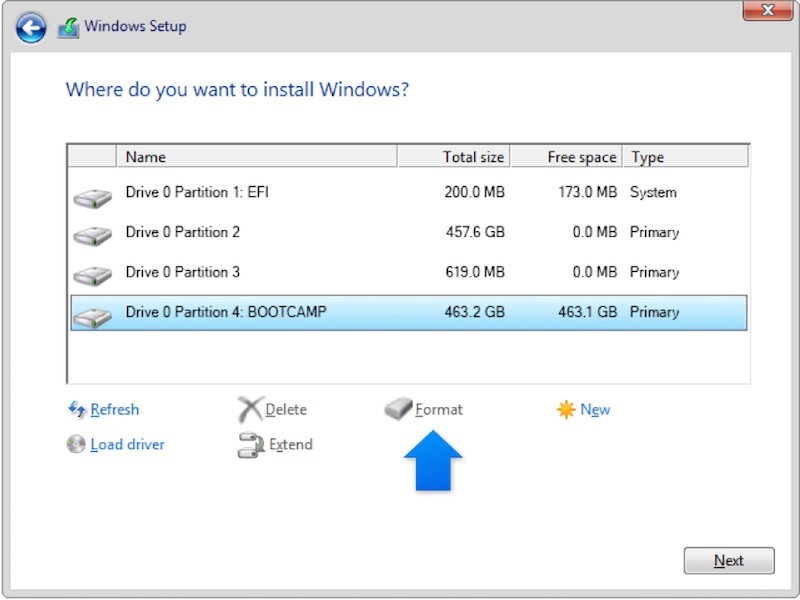I have put together a list of what are, in my opinion, the ten best Mac disk repair software and other excellent Mac tools for troubleshooting, diagnosing, and repairing a Mac. Many of them are free or offer a free trial. As Macs continue to gain market share, there is an increased likelihood that you will have to support them if you are a tech. And even if you aren’t a tech, it’s good to know which tools are the best to use when it comes time to repair your own.
Mac os bootable free download - R for Mac OS X, Apple Mac OS X Mavericks, Apple Mac OS Update 8.6, and many more programs. Utilities & Operating Systems Desktop Enhancements Drivers Developer. If you want to use your USB stick with an Apple Mac, you will need to restart or power-on the Mac with the USB stick inserted while the Option/alt (⌥) key is pressed. This will launch Apple’s ‘Startup Manager’ which shows bootable devices connected to the machine. Create bootable USB Mac disk utility. Download the MacOS High Sierra.dmg file, and extract that anywhere on your Running Mac Virtual Machine. After that open it and drag the Install MacOS High Sierra on Applications. When the Install MacOS High Sierra is copied, attached your USB Flash Drive. I have a Mac Mini that i would like to reload Mac OS on to give it a fresh new start. I've looked up how to boot into the macOS Utilities with the Command + R and also the other combinations and none seem to work. After the chime i have held in the combination but no Apple logo shows up or getting into the utilities.
Mac OS from Apple WWDC2019
In-page jumps:
Disk Warrior Trial
Free Mac Disk Repair Software
Drive Genius – is it the Best Mac Repair App
Introduction to our Top 10 Mac Repair Software
Did you know there are several Mac disk repair options that each function differently and one may suit your needs better than another? I detail several for you below so you can decide.
More than just a list of disk repair software, I provide many Mac software solutions for you and your clients! Even better, some are free!
Want to clone a Mac drive? Want to monitor a Mac’s hardware sensors? Want heroic system recovery for mere mortals?! Oh, there are some great software here! Read on.
TechTool Protogo
TechTool Protogo is a Mac repair program suite which contains three of Micromat’s best Mac repair tools; TechTool Pro 8, TechTool Pro Classic, and DiskStudio.
Protogo creates a bootable Mac repair toolbox with these tools as well as any of your own tools on a portable hard drive or flash drive.
You can then boot from this drive, bypassing the OS, and run diagnostics on a computer to determine problems.
Protogo also allows you to repair and recover data from problematic hard drives as well as defragment, optimize, and securely delete data.
Cost: $129.99
Memtest OS X
Memtest OS X is a memory testing program for Mac OS X. It is a command line utility so it can be ran in OS X or in Single-User Mode if your Mac will not boot.
It is great for testing intermittent system problems when you are having trouble determining if it is a memory problem.
If you prefer memtest with a GUI front-end, then be sure to check out Rember.
Rember will run in OS X but will not work in Single-User Mode so Memtest OS X is the better option.
Cost: $1.39
Mac Disk Repair – DiskWarrior 5
Disk Repair for Macs – DiskWarrior utilizes a unique disk repair method for Macs
DiskWarrior is arguably one of the best hard drive repair programs for the Mac.
It works differently than other data repair programs.
Instead of trying to rebuild the damaged data itself, DiskWarrior builds replacement data based off of the original data.
It then verifies the new data structure based on the original to make sure it is error free.
You can also use DiskWarrior as a preventative maintenance utility for hard disks.
When run, it rebuilds your directory eliminating any damage that you may not be aware of. It also optimizes the directory for better performance.
Cost: $99.95 but look for a trial.
If it is more serious and your Mac’s hard drive has crashed, I have provided an extensive data recovery guide with a list of Hard Drive Recovery Tools in my article How to Recover Data from a Crashed Hard Drive.
First Free Disk Repair-Mac – OnyX
Onyx is a maintenance, optimization, and personalization utility for Mac OS X.
It allows you to run hard drive diagnostics, run system maintenance tasks, delete caches, and configure tons of OS X hidden features.

Even if you aren’t using it as a repair utility, it is a great application to help keep your Mac running in top shape.
Cost: Free!
Mac Data Rescue
Data Rescue is a data recovery program that focuses purely on recovering data from corrupt drives instead of hard drive repair.
It scans the corrupt drive analyzing all of its contents and allows you to choose which data you would like to recover.
It even scans for deleted files. Data Rescue II restores the data to a separate drive leaving the original data intact.
It comes with an emergency boot CD that you can use to recover data when the computer will not boot and it also works on drives that won’t mount.
Cost: $99.00
AppCleaner
AppCleaner may not be classified as a repair tool but it can be used as one.
When you are having trouble with an application in OS X, you can simply remove it by dragging it to the Trash.
However, this still leaves behind the applications preferences, caches, and other files that could still cause the same problem after you reinstall it.
AppCleaner will remove all of these files making sure that the app is completely gone before you attempt a reinstall.
Interesting interface!
Cost: Free!
Drive Genius – Is this the Best Mac Repair App?!
Drive Genius is a disk utility application for Macs.
Its main features include:
- defragmenting,
- running benchtests,
- directory repair,
- integrity checks,
- surface scans,
- repartitioning,
- cloning,
- shredding data, and more.

With all these features, you can see why I ask is it the best Mac repair app overall!
This is actually the same program used to defrag Macs at the Genius Bar in Apple Stores.
Oh yes, Apple uses it.
Drive Genius also comes on a bootable DVD so you can run it even when a Mac will not boot.
Cost: $99.00
Mac Backup – Carbon Copy Cloner
Carbon Copy Cloner is a simple yet very effective backup utility for the Mac. Like most other backup utilities, it can be scheduled to backup your Mac on a regular basis.
The best part, however, is its ability to completely clone a hard drive with it still being bootable.
Mac Bootable Installer
This tool comes in very handy when you are replacing hard drives, setting up multiple Macs, or recovering from a system crash.
Carbon Copy Cloner is donation-ware so you can download it for free without any restrictions.
Maybe you will be so pleased you will buy them a coffee anyway!
You can also check out SuperDuper which has more features but costs $27.95.
However, if you just need a simple backup and cloning utility, Carbon Copy Cloner does a great job.
Cost: Free! (donation-ware)
Apple Mac Disk Repair – AppleJack
AppleJack is a troubleshooting utility for Mac OS X. It runs under Single-User Mode so it can be used even when OS X will not boot.
AppleJack will repair disks, repair permissions, cleanup cache files, validate preference files, and remove swap files.
You can select these tasks individually or have AppleJack run all of them and even reboot when finished.
Unfortunately, at the time of writing this article, AppleJack is not yet compatible with Leopard but a new version is in the works. Be sure to check their page frequently for an update because this is an invaluable tool.
When I updated this article for 2020, I checked on SourceForge and there were over 600 downloads last week!
Cost: Free! (open-source)
Hardware Monitor
Hardware Monitor is a utility that allows you to view data from the hardware sensors in a Mac.
It currently has support for temperature readings, battery data, voltage, current, fan speed, power and load, ambient light, as well as user-defined artificial sensors.
It’s a great utility to use when simply trying to find out if your hardware is malfunctioning.
Cost: € 7.00 (can also be purchased with U.S. Dollars)
Also consider
OSX disk repair

This is kind of a nice segway into handy hardware tools and toolkits. Click on the following link if you want to see some great ideas on what I recommend for your Mac or PC Repair Toolkit.
As you may know, I believe your should support Macs in your Computer IT Consultant Business. I state my case here in my article on Why You Should Support Macs With Your IT Business.
Well if you were counting, that is 4 totally free Mac OSX disk repair utilities, and one so cheap it may as well be free!
The best Mac repair disk software may well be a paid one depending on your exact needs, and I’ve shown you my pick for the best of those too.
Bootable Hard Disk Utility
If you know of other great Mac software let me know in the comments below. What Mac OS X repair tools do you like? Is there another Mac Disk Repair utility you’d suggest? Please leave a comment to help others, or if the above tools have helped you.
And as for hardware, click this link if you want to repair hard drive-Mac for more details.
Summary of Best Mac Repair Software:
Excellent Mac disk repair software is provided above, for you to consider and try their features for yourself. I didn’t stop there. This list contains some other handy Mac software I consider to be the best tools for techs and Mac owners.
Related posts:
These advanced steps are primarily for system administrators and others who are familiar with the command line. You don't need a bootable installer to upgrade macOS or reinstall macOS, but it can be useful when you want to install on multiple computers without downloading the installer each time.
Download macOS
Find the appropriate download link in the upgrade instructions for each macOS version:
macOS Catalina, macOS Mojave, ormacOS High Sierra
Installers for each of these macOS versions download directly to your Applications folder as an app named Install macOS Catalina, Install macOS Mojave, or Install macOS High Sierra. If the installer opens after downloading, quit it without continuing installation. Important: To get the correct installer, download from a Mac that is using macOS Sierra 10.12.5 or later, or El Capitan 10.11.6. Enterprise administrators, please download from Apple, not a locally hosted software-update server.
OS X El Capitan
El Capitan downloads as a disk image. On a Mac that is compatible with El Capitan, open the disk image and run the installer within, named InstallMacOSX.pkg. It installs an app named Install OS X El Capitan into your Applications folder. You will create the bootable installer from this app, not from the disk image or .pkg installer.
Use the 'createinstallmedia' command in Terminal
Bootable Utilities For Mac Catalina
- Connect the USB flash drive or other volume that you're using for the bootable installer. Make sure that it has at least 12GB of available storage and is formatted as Mac OS Extended.
- Open Terminal, which is in the Utilities folder of your Applications folder.
- Type or paste one of the following commands in Terminal. These assume that the installer is still in your Applications folder, and MyVolume is the name of the USB flash drive or other volume you're using. If it has a different name, replace
MyVolumein these commands with the name of your volume.
Catalina:*
Mojave:*
High Sierra:*
El Capitan: - Press Return after typing the command.
- When prompted, type your administrator password and press Return again. Terminal doesn't show any characters as you type your password.
- When prompted, type
Yto confirm that you want to erase the volume, then press Return. Terminal shows the progress as the bootable installer is created. - When Terminal says that it's done, the volume will have the same name as the installer you downloaded, such as Install macOS Catalina. You can now quit Terminal and eject the volume.
* If your Mac is using macOS Sierra or earlier, include the --applicationpath argument, similar to the way this argument is used in the command for El Capitan.
Use the bootable installer
After creating the bootable installer, follow these steps to use it:
- Plug the bootable installer into a compatible Mac.
- Use Startup Manager or Startup Disk preferences to select the bootable installer as the startup disk, then start up from it. Your Mac will start up to macOS Recovery.
Learn about selecting a startup disk, including what to do if your Mac doesn't start up from it. - Choose your language, if prompted.
- A bootable installer doesn't download macOS from the Internet, but it does require the Internet to get information specific to your Mac model, such as firmware updates. If you need to connect to a Wi-Fi network, use the Wi-Fi menu in the menu bar.
- Select Install macOS (or Install OS X) from the Utilities window, then click Continue and follow the onscreen instructions.
Learn more
Bootable Utilities For Mac Mojave

For more information about the createinstallmedia command and the arguments that you can use with it, make sure that the macOS installer is in your Applications folder, then enter this path in Terminal:
Catalina:
Mojave:
Bootable Utility Disks
High Sierra:
Bootable Utilities Usb
El Capitan:
